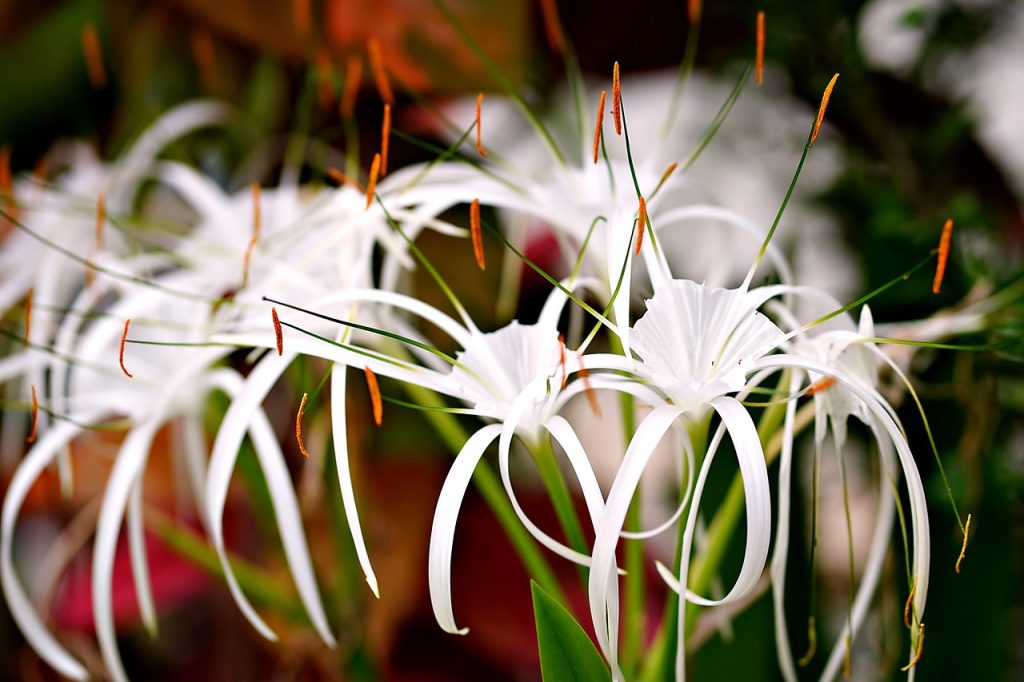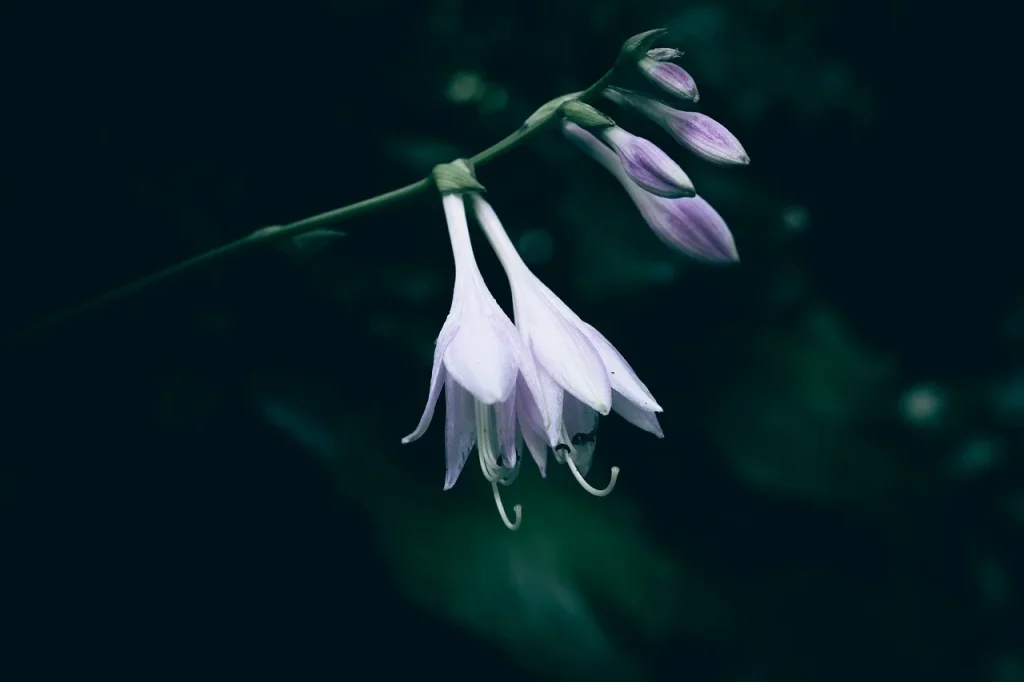Can peace lilies be planted outdoors? These tropical plants, known for their lush green leaves and elegant white blooms, are native to the rainforests of Central and South America, thriving in warm, humid, and shaded environments. While they’re popular as indoor houseplants, growing peace lilies outdoors is possible in specific climates and with proper care. This guide explores the conditions, challenges, and best practices for successfully planting peace lilies outside, tailored to help you achieve a thriving outdoor display.

Understanding Peace Lilies and Their Natural Habitat
Peace lilies are tropical plants native to the rainforests of Central and South America, where they thrive in warm, humid environments with dappled shade. These conditions are key to answering whether peace lilies can be planted outdoors. Their preference for low light, high humidity, and stable temperatures makes indoor cultivation common, but outdoor planting is possible under the right circumstances.
Can Peace Lilies Be Planted Outdoors in Your Climate?
The feasibility of planting peace lilies outdoors hinges on your local climate. These plants are hardy in USDA zones 10-12, where temperatures rarely dip below 40°F (4°C). In these zones, which include parts of Florida, Southern California, and Hawaii, peace lilies can thrive outdoors year-round. However, in cooler climates, outdoor planting requires careful planning.
- Tropical and subtropical climates: Peace lilies flourish in warm, humid conditions with temperatures between 65-85°F (18-29°C). They can be planted directly in the ground or in containers in these regions.
- Temperate climates: In zones 7-9, peace lilies can survive outdoors during warmer months but must be brought indoors or protected during winter to avoid frost damage.
- Cold climates (zones 6 and below): Outdoor planting is not recommended unless you treat peace lilies as annuals or use containers that can be moved indoors during cold snaps.
To determine if peace lilies can be planted outdoors in your area, check your USDA hardiness zone and assess whether you can replicate their tropical preferences.

Ideal Conditions for Outdoor Peace Lilies
To successfully grow peace lilies outdoors, you must mimic their natural habitat. Here’s a breakdown of the key conditions:
Light Requirements
Peace lilies prefer indirect, filtered light, similar to the shaded understory of a rainforest. Direct sunlight can scorch their leaves, causing browning or yellowing.
- Plant them under trees, awnings, or pergolas to provide dappled shade.
- East-facing locations are ideal, offering morning light without harsh afternoon rays.
- Avoid full sun exposure, especially in hot climates, as it can stress the plant.
Soil and Drainage
Well-draining, rich, organic soil is essential for outdoor peace lilies. Their roots are sensitive to waterlogging, which can lead to root rot.
- Use a mix of peat moss, compost, and perlite or sand for optimal drainage.
- Ensure the planting area has a pH of 5.8 to 6.5, slightly acidic, to support nutrient uptake.
- If planting in containers, choose pots with drainage holes to prevent water accumulation.
Watering Needs
Peace lilies thrive in consistently moist but not soggy soil. Outdoor conditions can affect moisture levels, so adjust watering based on weather.
- Water when the top inch of soil feels dry, typically every 5-7 days in moderate climates.
- Increase watering during hot, dry periods, but avoid overwatering.
- Mulch around the base to retain moisture and regulate soil temperature.
Temperature and Humidity
Peace lilies are sensitive to temperature extremes and low humidity. To ensure they thrive outdoors:
- Maintain temperatures above 60°F (15°C) to prevent cold stress.
- In dry climates, mist the leaves or use a pebble tray near container plants to boost humidity.
- Protect from strong winds, which can damage delicate foliage.

Challenges of Planting Peace Lilies Outdoors
While peace lilies can be planted outdoors in suitable climates, several challenges may arise:
- Frost Sensitivity: Even a light frost can kill peace lilies. In zones below 10, consider container planting for easy relocation during cold weather.
- Pests: Outdoor peace lilies may attract aphids, spider mites, or mealybugs. Regular inspection and neem oil treatments can help manage infestations.
- Excessive Sunlight: Prolonged exposure to direct sun can cause leaf burn. Monitor light conditions and provide shade as needed.
- Soil Compaction: Heavy or clay-rich soils can suffocate roots. Amend soil with organic matter to improve aeration and drainage.
Comparison: Outdoor vs. Indoor Peace Lily Care
To help you decide if outdoor planting is right for you, here’s a table comparing key care aspects:
| Aspect | Outdoor Peace Lilies | Indoor Peace Lilies |
|---|---|---|
| Light | Dappled shade, indirect light | Low to medium indirect light |
| Temperature | 60-85°F (15-29°C), frost-free | 65-80°F (18-27°C), stable |
| Humidity | High, may need misting in dry climates | Moderate to high, easier to control |
| Watering | Consistent, adjusted for rainfall | Regular, less affected by weather |
| Protection | Vulnerable to frost, wind, and pests | Protected from weather, fewer pest issues |
| Mobility | Fixed in ground or movable in containers | Easily moved to adjust light or temperature |
This table highlights that while peace lilies can be planted outdoors, they require more vigilance compared to indoor care, especially in non-tropical climates.
Tips for Successfully Planting Peace Lilies Outdoors
To maximize success when planting peace lilies outdoors, follow these practical tips:
- Choose the Right Location: Select a shaded spot with protection from wind and direct sun. Patios, shaded garden beds, or areas under trees work well.
- Use Containers for Flexibility: In cooler climates, plant peace lilies in pots so you can bring them indoors during winter. Choose containers at least 12 inches wide to accommodate root growth.
- Monitor Weather Changes: Keep an eye on temperature drops or heatwaves. Use frost cloths or move potted plants indoors during cold snaps.
- Fertilize Sparingly: Apply a balanced, water-soluble fertilizer (e.g., 20-20-20) every 6-8 weeks during the growing season. Over-fertilizing can burn roots.
- Check for Pests Regularly: Inspect leaves weekly for signs of pests or disease. Early intervention prevents widespread damage.
Read More: 10 Creative Outdoor Beer Garden Ideas
Can Peace Lilies Be Planted Outdoors Year-Round?
The answer depends on your location. In USDA zones 10-12, peace lilies can be planted outdoors year-round with proper care. In cooler zones, they can be grown outdoors during spring and summer but should be treated as annuals or moved indoors when temperatures drop below 60°F (15°C). For example:
- In Miami (zone 10b), peace lilies can remain outdoors all year, thriving in shaded garden beds.
- In Atlanta (zone 8), they can be planted outdoors from May to September but need winter protection.
- In Chicago (zone 5), outdoor planting is risky unless you use containers and bring them inside by early fall.

Common Mistakes to Avoid
When considering whether peace lilies can be planted outdoors, avoid these pitfalls:
- Ignoring Frost Risks: Planting in the ground in cold climates without a plan for winter protection can kill your peace lilies.
- Overwatering: Excess water leads to root rot, especially in poorly draining soil.
- Planting in Full Sun: Direct sunlight will damage leaves, reducing the plant’s vigor.
- Neglecting Humidity: Low humidity can cause leaf curling or browning, especially in arid regions.
Conclusion
So, can peace lilies be planted outdoors? Yes, but only under the right conditions. In tropical or subtropical climates (USDA zones 10-12), peace lilies can thrive outdoors with proper shade, soil, and care. In cooler regions, container planting offers flexibility to move them indoors during winter. By understanding your local climate, providing adequate shade, and monitoring for pests and weather changes, you can successfully grow peace lilies outdoors. Always prioritize their tropical preferences to ensure healthy growth and vibrant blooms.
For gardeners wondering if peace lilies can be planted outdoors, the key is preparation and adaptability. With the right approach, these elegant plants can enhance your outdoor space, bringing a touch of the tropics to your garden.